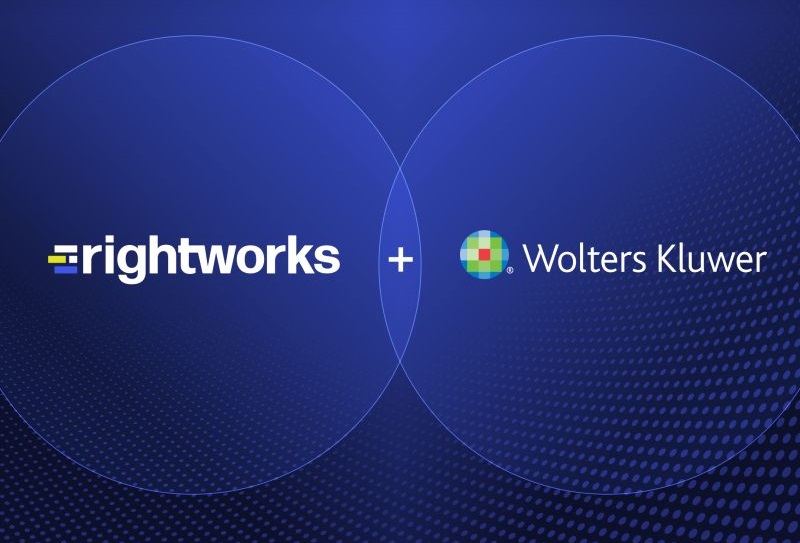When I talk to firms, I notice a common pitfall. Firms talk about process improvement in terms of a single initiative or something they did. But to get the full opportunity that comes from improving your firm’s processes, we need to have the larger approach in mind.
Process improvement shouldn’t be something you did; it should be something you’re doing. It demands continuous improvement — always looking at how your processes could be better. Technology, client demands and even the expectations of our internal staff members are constantly changing, and we need to continue working to keep up.
To ensure your firm is taking a holistic approach to process improvement rather than getting tunnel vision around the next project on your list, you need to have the following essentials.
A Process Improvement Leader
If you haven’t designated one person as the project improvement leader, your firm will struggle to keep process improvement initiatives on track. Everyone is busy, so someone needs to be in charge and accountable for guiding individual projects to a successful completion.
Of course, other people will fill out your process improvement team — the leader isn’t solely responsible for getting the work done. But the leader will ensure you’re moving your strategy forward.
A Process Improvement Strategy
Every process improvement initiative should support the firm’s overall goals and strategic plan. If you were to look at your firm’s strategic plan right now, you would likely see goals relating to the different areas of the firm: tax, audit, advisory, client accounting services, operations, administrative, etc. How does process support each of those areas?
A process improvement strategy that supports the firm’s strategic plan ensures you always know what initiatives you should focus on this year, what projects are on the horizon for next year, and what processes may need to change based on technologies you’re planning on incorporating in the near future.
Your strategy should include objectives, metrics, planned outcomes and who is responsible? Again, your process improvement leader will be responsible for process improvement as a whole, but individual projects will have their own point people.
A Process Improvement Timeline
We all know that CPA firms are cyclical in nature. There are times when certain teams are bogged down with client work and times when people have more capacity to take on process improvement initiatives. That’s why you need a process improvement timeline that’s built into the year-by-year flow of your firm’s work.
Creating a timeline helps you think through the best time to initiate and implement specific projects and ensure you have the time and other resources available.
A Process Improvement Budget
Whether you realize it or not, your firm is spending money on process improvement. However, that spending might not have its own line-item on your firm’s budget. Instead, process improvement costs may be hidden in your technology budget, different departmental budgets, or even admin areas.
It’s time to bring that spending to light with a dedicated process improvement budget. Whether you have an internal role focused on process improvement or bring in outside expertise, you need to allocate resources to ensures process improvement is elevated to the level that it should be. Otherwise, these initiatives can be overlooked because there’s no place for those resources and time to be accounted for.
Your process improvement won’t be the same from year to year — your spending will depend on the projects identified in your strategy. But start thinking through what you anticipate needing to invest in terms of internal time and additional resources and start working that into your operational conversations.
If you have all four of these essentials, congratulations! Your firm is taking a long-term view of process improvement, and you can focus on continuous improvement. If you’re missing any (or all) of these elements, start looking for ways to move the needle.
Thanks for reading CPA Practice Advisor!
Subscribe Already registered? Log In
Need more information? Read the FAQs
Tags: Advisory, Firm Management, Technology





